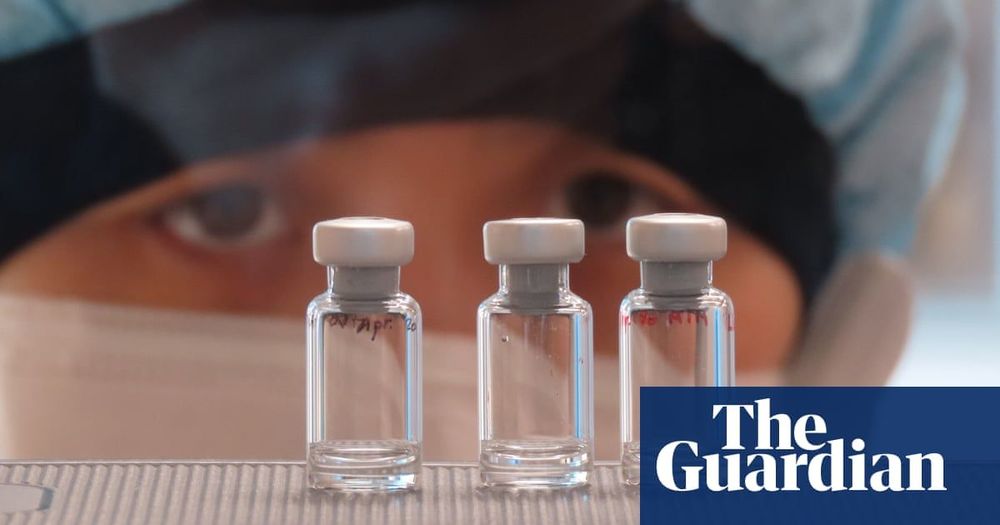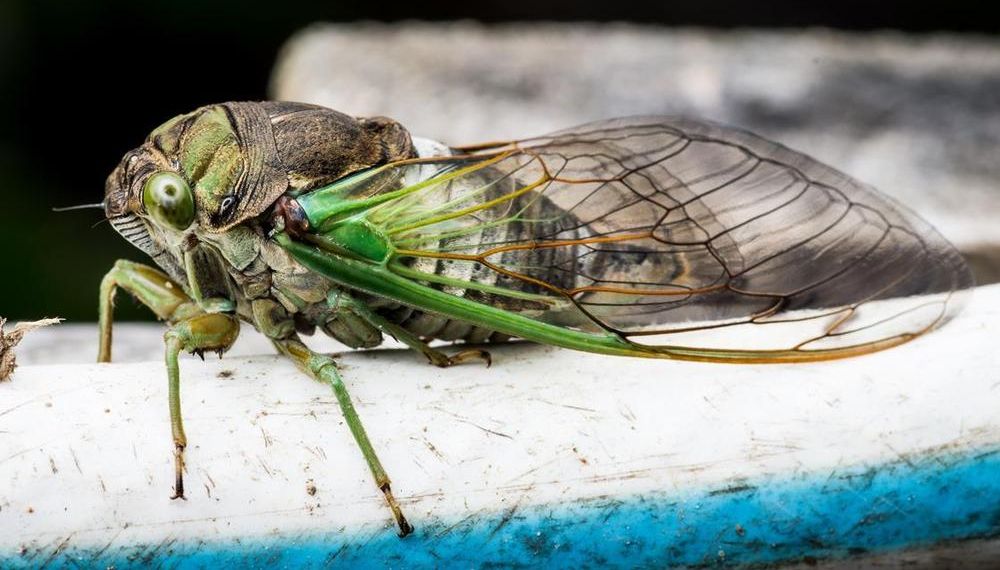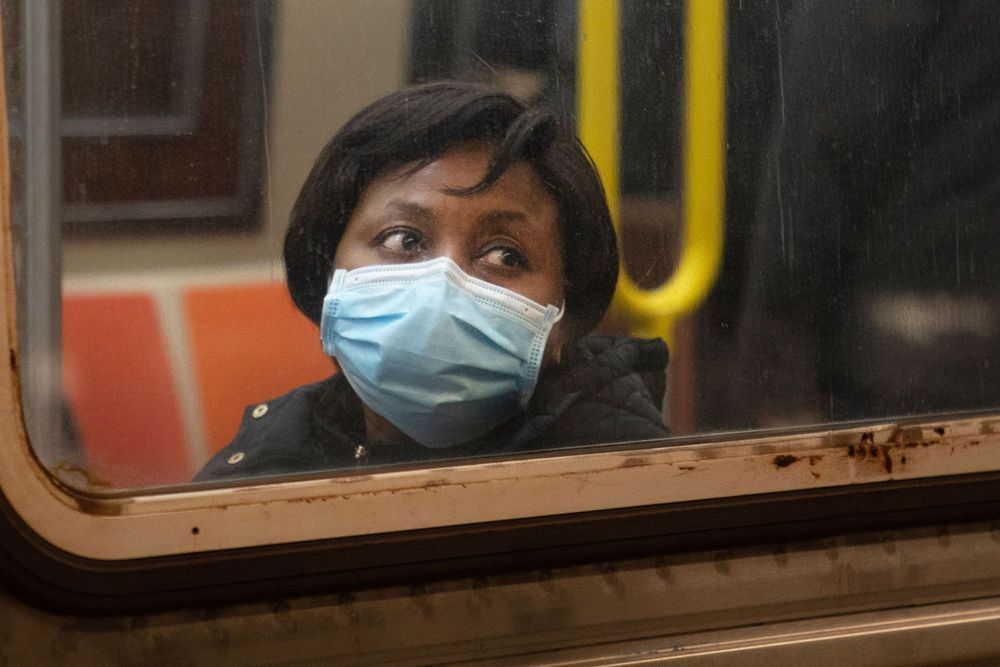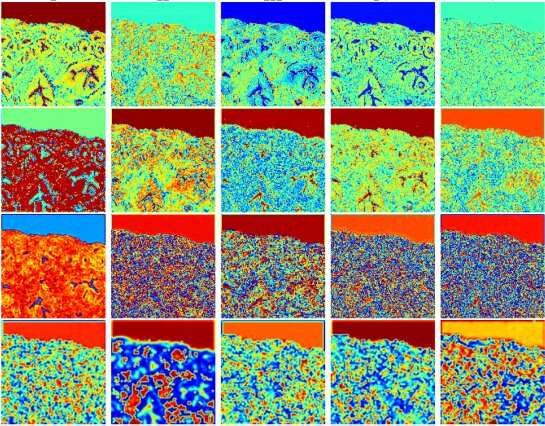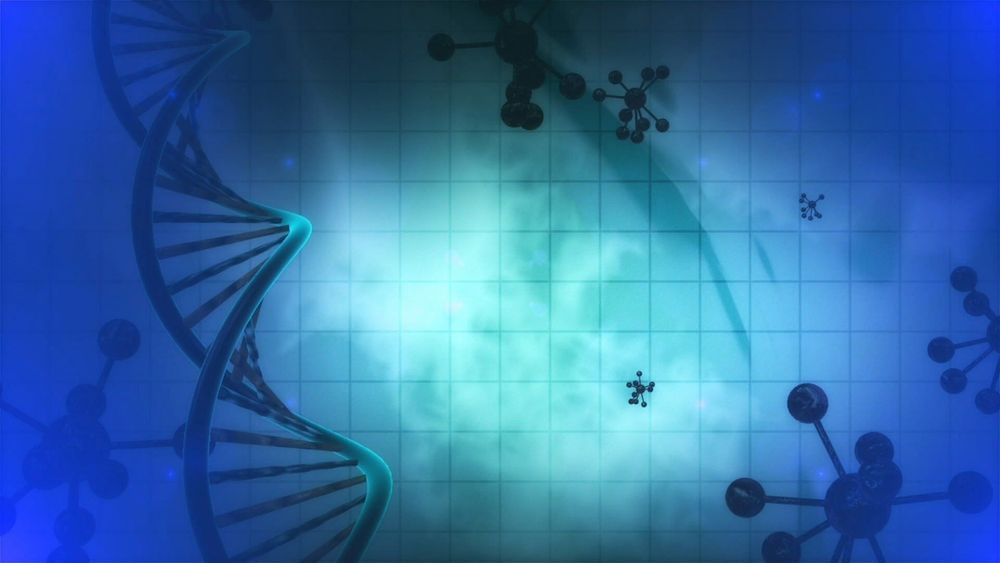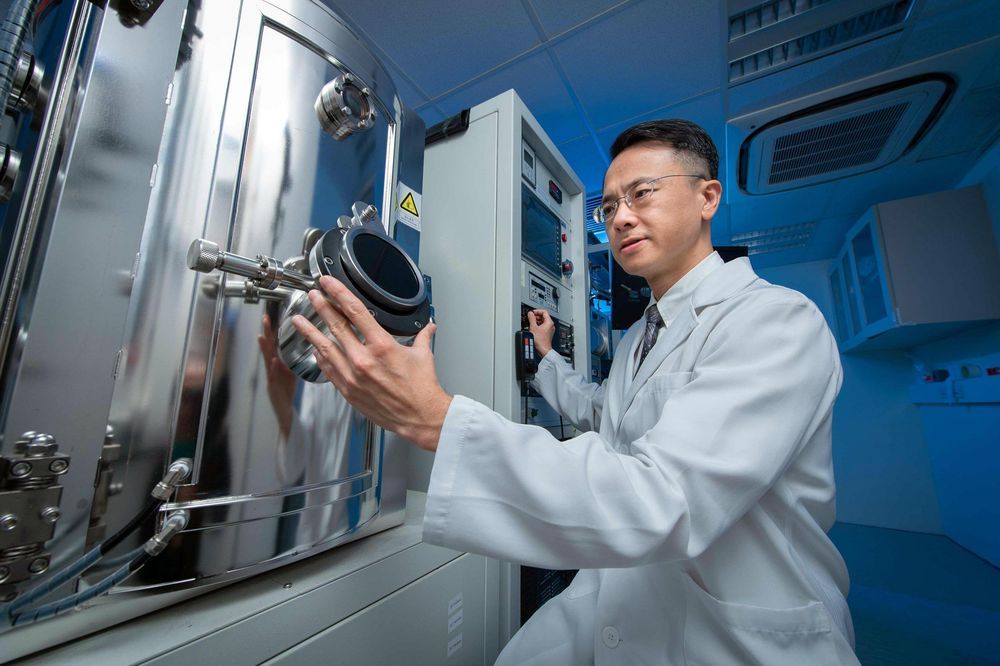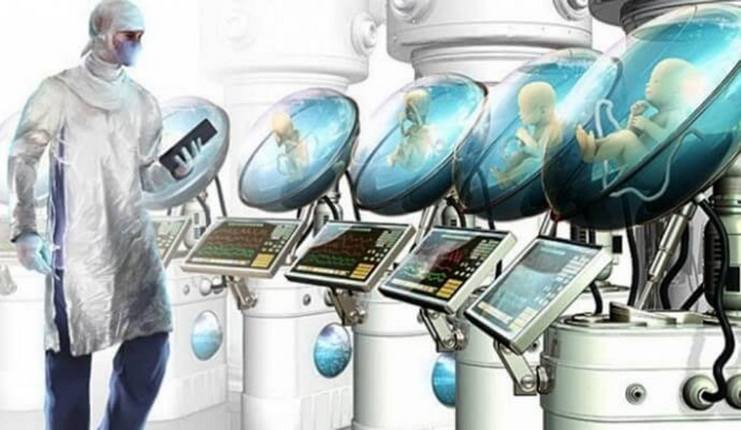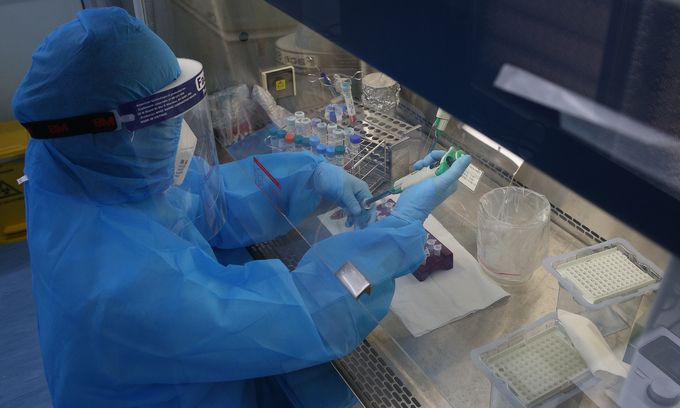Archive for the ‘biotech/medical’ category: Page 1587
May 27, 2020
Decoding the chemistry behind cicada’s bacteria-killing wings
Posted by Quinn Sena in categories: biotech/medical, chemistry, nanotechnology
Meticulously organised fatty acids are responsible for the bacteria-killing, superhydrophobic nanostructures on cicada wings. The team behind the discovery hopes that its work will inspire antimicrobial surfaces that mimic cicada wings for use in settings such as hospitals.
When in contact with dust, pollen and – importantly – water, the cicadas’ superhydrophobic wings repel matter to self-clean. These extraordinary properties are down to fatty acid nanopillars, periodically spaced and of nearly uniform height, that cover the wings.
Past work has generally only described cicadas’ wings as ‘waxy’ and not explained how these fatty acids nanopillars give rise to unique traits. Nor is it known exactly why cicada wings evolved antibacterial nanostructures. These gaps in our knowledge exist, in part, because of how diverse the cicada family is. But Marianne Alleyne’s group at the University of Illinois, Urbana–Champaign, along with colleagues at Sandia National Labs, set out to understand what role chemistry plays in the wings of two evolutionarily divergent species.
May 26, 2020
Coronavirus outbreak likely to go on for two years, scientists predict
Posted by Quinn Sena in categories: biotech/medical, policy
The coronavirus pandemic is likely to last between 18 and 24 months, scientists from the University of Minnesota have predicted.
In a report published Thursday, researchers from the university’s Center for Infectious Disease Research and Policy (CIDRAP) stressed that Covid-19 was more contagious than the flu and was likely to continue circulating after a first wave this spring.
May 26, 2020
Deep learning accurately stains digital biopsy slides
Posted by Genevieve Klien in categories: biotech/medical, information science, robotics/AI
Tissue biopsy slides stained using hematoxylin and eosin (H&E) dyes are a cornerstone of histopathology, especially for pathologists needing to diagnose and determine the stage of cancers. A research team led by MIT scientists at the Media Lab, in collaboration with clinicians at Stanford University School of Medicine and Harvard Medical School, now shows that digital scans of these biopsy slides can be stained computationally, using deep learning algorithms trained on data from physically dyed slides.
Pathologists who examined the computationally stained H&E slide images in a blind study could not tell them apart from traditionally stained slides while using them to accurately identify and grade prostate cancers. What’s more, the slides could also be computationally “de-stained” in a way that resets them to an original state for use in future studies, the researchers conclude in their May 20 study published in JAMA Network Open.
This process of computational digital staining and de-staining preserves small amounts of tissue biopsied from cancer patients and allows researchers and clinicians to analyze slides for multiple kinds of diagnostic and prognostic tests, without needing to extract additional tissue sections.
May 26, 2020
Trained French dogs successfully sniff out coronavirus
Posted by Genevieve Klien in category: biotech/medical
Tests conducted with trained German Shepherds at a veterinary school in Maisons-Alfort (Val-de-Marne) show a 95% success rate in sniffing out the coronavirus that causes Covid-19.
May 26, 2020
Scientists Test Best Fabric Choices for Making a Homemade COVID Mask
Posted by Genevieve Klien in categories: biotech/medical, health
UIUC Editor’s note: Health authorities believe COVID-19 spreads by the transmission of respiratory droplets, and the Centers for Disease Control and Prevention recommends homemade cloth face coverings for use in public spaces. Starting today, Illinois joins many other states in requiring people to wear masks while out. However, initial uncertainty regarding the masks’ effectiveness in reducing exhaled droplets leaves some people unsure or skeptical of their usefulness during the current COVID-19 pandemic. Mechanical science and engineering professor Taher Saif spoke with News Bureau physical sciences editor Lois Yoksoulian about a study that he and his graduate students, Onur Aydin and Bashar Emon, performed on the effectiveness of common household fabrics for use in homemade masks.
Physically speaking, are the respiratory droplets produced by talking and breathing the same as those that come from a cough or a sneeze?
The droplets released during sneezing and coughing are larger than those released while speaking and breathing, and any of these droplets may carry many virus particles. The larger droplets tend to fall nearby due to gravity, but the smaller ones can go far, with the majority of them remaining within six feet of the infected individual. Unfortunately, because symptomatic, presymptomatic and asymptomatic carriers can shed the coronavirus, we cannot tell without testing which individuals are the sources of infection. Hence, a physical barrier, such as a mask, can prevent the spreading.
May 26, 2020
An under-researched mechanism in the fast-moving field of epigenetics
Posted by Genevieve Klien in categories: biotech/medical, chemistry, genetics
A key epigenetic mark can block the binding of an important gene regulatory protein, and therefore prohibit the gene from being turned off, a new UNSW study in CRISPR-modified mice—published this month in Nature Communications —has shown.
The study has implications for understanding how epigenetics works at a molecular level—and down the track, the scientists hope the research will help them to investigate new treatments for blood disorders.
“Epigenetics looks at how non-permanent, acquired chemical marks on DNA determine whether or not particular genes are expressed,” study leader and UNSW Professor Merlin Crossley says.
May 26, 2020
Scientists Eliminate Drug Side Effects by Manipulating Molecular Chirality
Posted by Genevieve Klien in categories: biotech/medical, nanotechnology
Scientists from Hong Kong Baptist University (HKBU) have developed a novel technique that can produce pure therapeutic drugs without the associated side effects.
The approach, which uses a nanostructure fabrication device, can manipulate the chirality of drug molecules by controlling the direction a substrate is rotated within the device, thus eliminating the possible side effects that can arise when people take drugs containing molecules with the incorrect chirality.
Published in the renowned international scientific journal Nature Chemistry, the research findings pave the way towards the mass production of purer, cheaper, and safer drugs that can be made in a scalable and more environmentally-friendly way.
May 26, 2020
Are we ready for the artificial womb?
Posted by Lola Heavey in categories: biotech/medical, law
Are you interested in having children, but turned off by the whole pregnancy thing? Well, there may be an option available in the not-too-distant future. The artificial womb — or at least the ability to create one — is inching its way toward us. The big question is whether or not society is ready for it.
The obstacles to ectogenesis — development of the fetus outside of a mother from fertilization to full-term infancy — will soon be dominated more by legal and ethical matters than by technological and medical limitations. Those who embrace technology without reservation may be waiting with open arms. But there will certainly be others who find the prospect disturbing.
May 26, 2020
Vietnam best Covid-19 fighter in the world: Politico
Posted by Lon Anderson in categories: biotech/medical, economics, government, health
The prestigious news outlet mapped the performance of 30 leading economies by plotting their public health and economic outcomes and grouping them based on whether they have instituted light, moderate or severe restrictions on commerce and social interactions.
The matrix included countries and territories’ economic outcomes, including the benchmarks of GDP, unemployment and fiscal stimulus packages and health outcomes based on testing, infection and death statistics provided by health ministries and government authorities and graphed by Worldometer and Johns Hopkins University.
As seen in the ranking chart, Vietnam stands at the furthest end with “better public health outcome,” with Taiwan coming close, followed by New Zealand, South Korea, Iceland, Argentina and Australia.
